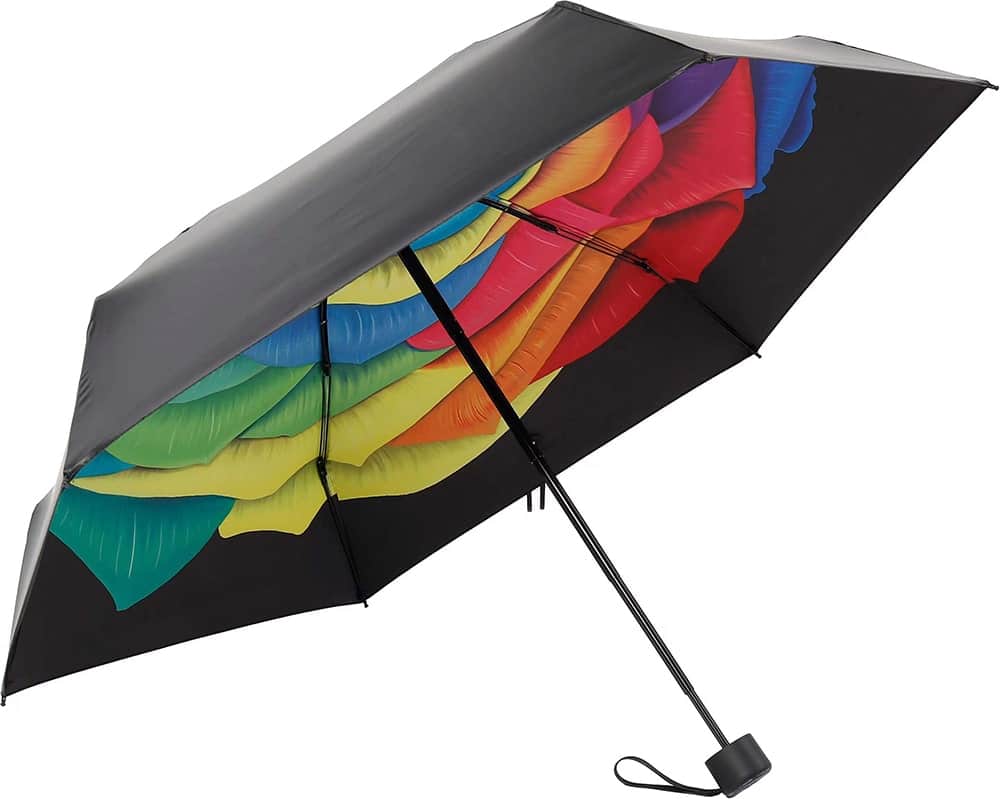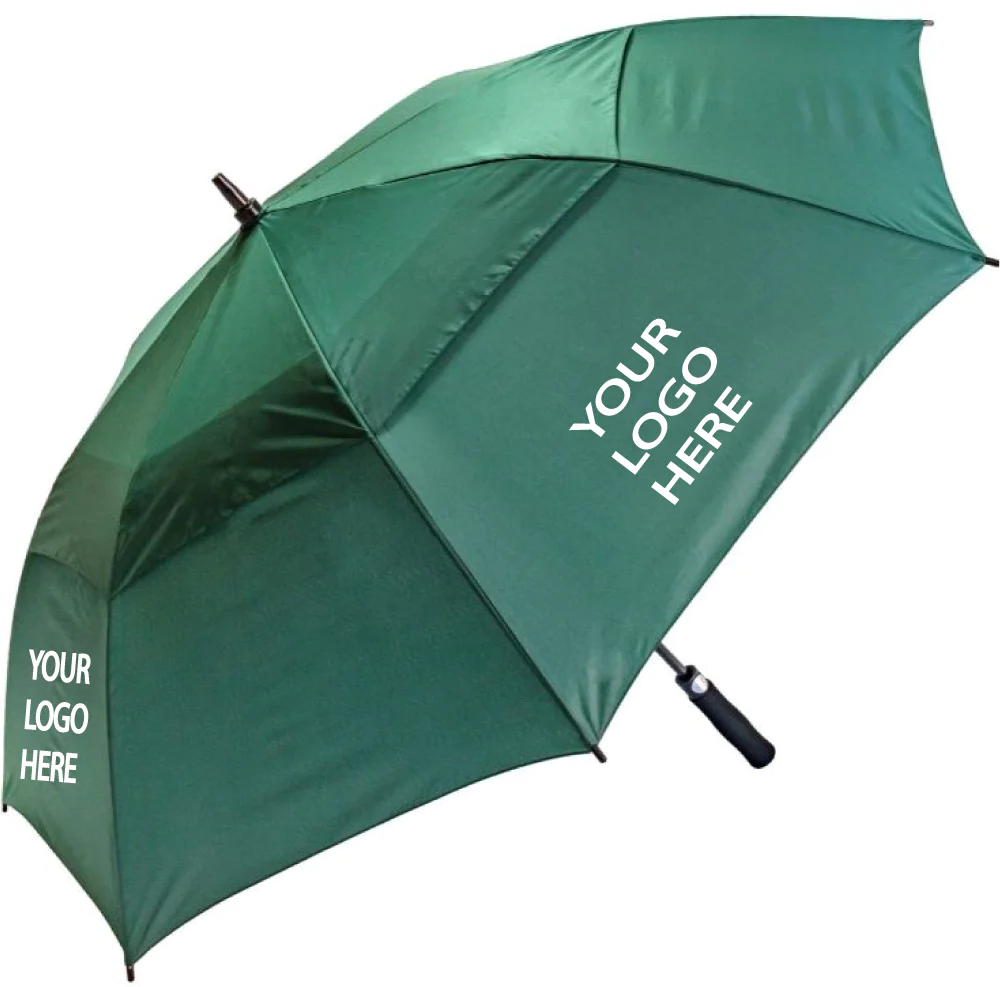Choosing the Right Umbrella: A Comprehensive Guide

Date
Choosing the right umbrella might seem like a simple task, but there are several factors to consider to ensure that you stay dry and comfortable during rainy or sunny days. In this comprehensive guide, we will explore various aspects to help you make an informed decision when selecting the perfect umbrella.
1. Type of Umbrella:
– 1.1 Compact Umbrella: These are small, foldable umbrellas that are easy to carry in a purse or bag. They’re convenient for on-the-go use.
– 1.2 Standard Umbrella: These are larger, more robust umbrellas ideal for protecting you from heavy rain and wind. They are less portable but offer better coverage.
2. Purpose:
– 2.1 Rain Umbrella: Designed to protect you from rain. Look for waterproof materials and wind-resistant features.
– 2.2 Sun Umbrella: Designed to provide shade and protect you from the sun’s harmful UV rays. Look for UV-coated fabrics.
3. Size:
– 3.1 Compact umbrellas are typically around 6-9 inches when folded and 30-42 inches when open.
– 3.2 Standard umbrellas range from 42 to 68 inches when open.
4. Materials:
– 4.1 Canopy Fabric: High-quality materials like polyester, nylon, or Pongee are durable and waterproof. For sun protection, look for UV-coated materials.
– 4.2 Frame: A sturdy frame is crucial. Materials like fiberglass, aluminum, and steel are common choices.
5. Durability:
– Consider the build quality, especially if you need an umbrella for frequent use. Reinforced ribs and a strong canopy are essential for longevity.
6. Wind Resistance:
– Look for umbrellas with wind-resistant features, such as vented canopies or double-layered designs. These are less likely to flip inside out in strong winds.
7. Auto Open/Close:
– Many umbrellas have a button for automatic opening and closing. This feature can be convenient when you need to quickly shield yourself from the rain.
8. Handle Type:
– Comfortable handles are important for ease of use. Options include straight handles, curved handles, and ergonomic grips.
9. Weight:
– Consider the weight if you plan to carry the umbrella for extended periods. Lighter options are more convenient for travel.
10. Price:
– Umbrella prices can vary widely. While budget options are available, investing in a high-quality umbrella can be a wise choice for durability and long-term use.
11. Design and Style:
– Choose a design and color that suits your personal taste. Many umbrellas come in a variety of patterns and colors.
12. Additional Features:
– Some umbrellas come with extras like a built-in flashlight, reflective strips for safety, or a carrying case for easy storage.
13. Brand Reputation:
– Consider well-established brands with a history of producing quality umbrellas. Read reviews and seek recommendations from friends or online communities.
14. Warranty:
– Check if the umbrella comes with a warranty, as this can provide peace of mind regarding product quality.
15. Maintenance:
– Properly care for your umbrella by letting it dry fully before storing it, and periodically clean the canopy to prevent mold and mildew.
In conclusion, choosing the right umbrella depends on your specific needs, budget, and personal preferences. Whether you need protection from the rain or sun, a well-considered purchase can keep you dry and comfortable for years to come. Remember to consider the factors mentioned above to make an informed choice that suits your lifestyle.



